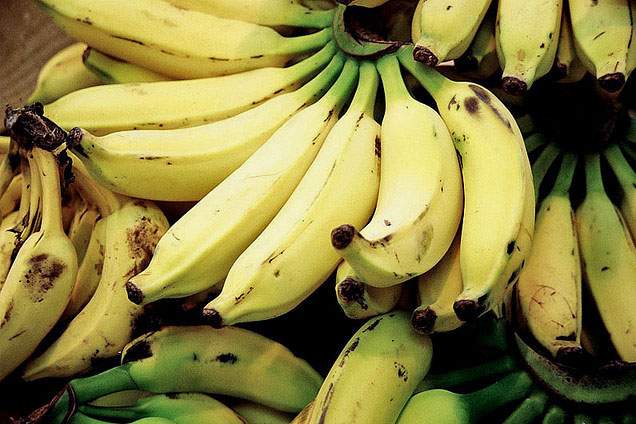
Have you ever wonder why bananas seem to go bad so quickly? And why they develop those brown spots?
Well, those spots are a natural part of the ripening process. You see, just like all fresh produce, your bananas are alive. They're taking in oxygen to help them convert sugars into energy, and releasing carbon dioxide. This process is called respiration.
The quicker a fruit or vegetable respires, the quicker it ripens. For most fruits, the respiration rate slows down after the initial growth stage and the fruit ripens slowly. The growth and ripening process of bananas is different.
Although at first the banana's respiration slows down too, when it's ready to ripen the banana's pulp releases a chemical that increases respiration. This converts the starches in the banana to sugars and gives it its fabulous taste.
With all this respiration, the banana eventually processes all the starches available. Brown spots aka rot and decay appear. At that point, the banana has begun to die.
Read More
"Postharvest physiology of plantain and banana: Transpiration and Respiration," International Institute of Tropical Agriculture









